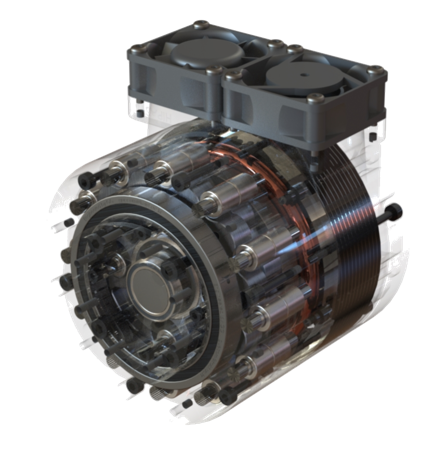IJPEM
Chip Control Analysis in Low-Frequency Vibration-Assisted Drilling of Ti–6Al–4V Titanium Alloys
Yan Chen/Nanjing University of Aeronautics and Astronautics
-
In this study, control research of chip morphology and removal is conducted theoretically and experimentally on the basis of the low-frequency vibration-assisted drilling process of titanium alloy. The chip morphology prediction model is established on the basis of the modified kinematic model, in which the shear angle variation, critical cutting thickness, and stiffness of a vibration generator system are considered. In terms of chip removal monitoring, a new monitoring method based on high speed camera is proposed in this paper. And the reliability of the new method is verified by comparing the signals obtained by the power sensor and the force sensor. An empirical prediction model for chip removal is also established on the basis of the modified kinematical model, the chip morphology prediction model, and the force balance analysis of fragmental chips. Validation experiments show that the mean error of chip radian, which can reflect the difference between the predicted chip morphology and the experimental one, is 6%. The mean error of the predicted chip removal index compared with the experimental one is 10.4%. The results obtained show that chip removal can be controlled effectively by low rotation speed, small chip radian, light chip weight, high minimum quantity lubrication cooling pressure, and high oscillation frequency. On the basis of the prediction model of chip removal, the effects of drilling parameters on chip removal behavior are analyzed, and the optimal drilling parameter combination with highest processing efficiency is given.
 메뉴열기
메뉴열기
